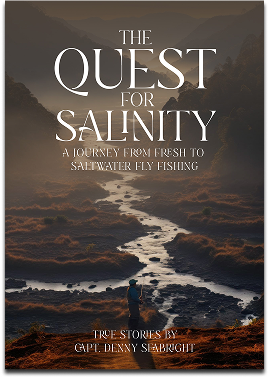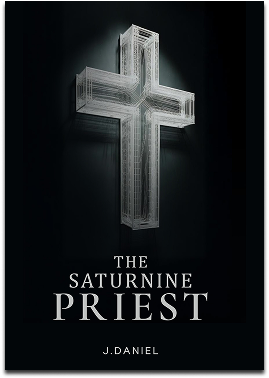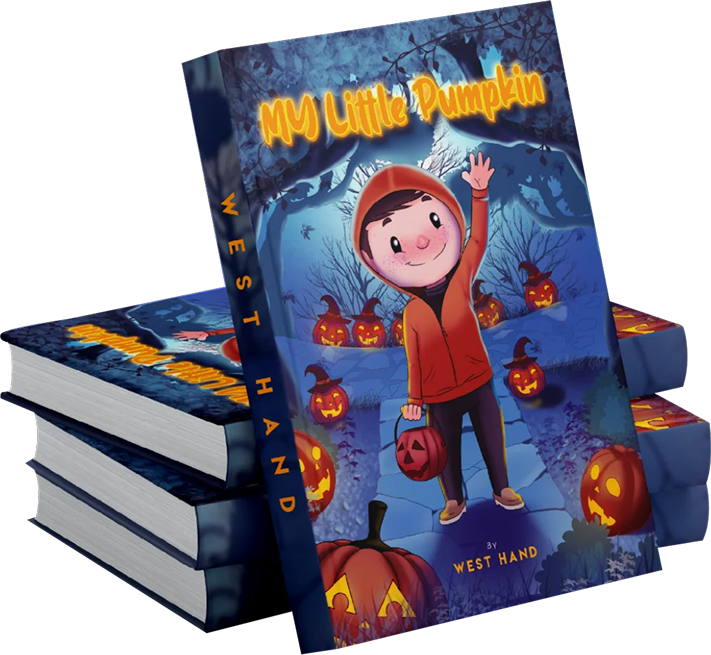Book Publishing Services




Only the Best Book Cover Design

Why Choose Authors Arsenal For Book Publishing Service?
Thomas G.
Create, Print, and Thrive with Author Arsenal
Standard Publishing
Standard publishing entails sending your manuscript to a traditional publisher, who will handle editing, distribution, and marketing. This method has a vast reach but involves adhering to strict submission requirements and schedules.
Self-Publishing
Self-publishing allows authors to have unlimited creative control. From editing to marketing, you oversee the entire process, retaining rights and earnings while utilizing platforms that facilitate book distribution and sales.
Hybrid Publishing
Hybrid publishing combines the benefits of traditional and self-publishing. Authors spend on services such as editing and design but retain higher royalties. They collaborate with a publisher to help with production and marketing efforts.
Publishing of E-Books
E-book publishing provides digital distribution via major platforms such as Kindle and Apple Books. It is quick, inexpensive, and great for authors looking for worldwide exposure, with instant delivery and customizable pricing.
Print-On-Demand Publishing
Print-on-demand publishing allows books to be printed just when ordered, reducing overhead and inventory expenses. It’s a practical choice for authors looking for low-risk printing and global distribution options.
Specialized Publishing
Specialized publishing targets specific markets, such as academic, medical, or children’s literature. These services personalize information and design for particular audiences, assuring relevance, accuracy, and engagement.
Customized Printing
Custom printing provides design flexibility, from paper quality to binding and trim size. Authors may create a distinct look and feel that expresses their vision and stands out on the shelves.
On-Demand Printing
On-demand printing may handle small batch or single-copy orders. It’s great for indie writers and new releases, offering low-cost printing and quick turnaround without bulk storage.







